PET CT
Progressive Supranuclear Palsy (PSP) is diagnosed in 30 of 100,000 individuals each year. For every 100 patients with Parkinson’s Disease, there is 1 person with PSP.
PSP typically first presents during the 6th decade of life with problems walking. Individuals will complain of unexplainable falls or stiffness often falling backwards instead of forwards. The individual with PSP often develops insomnia as a part of the disease. A small percentage will develop a rest tremor and be misdiagnosed as having Parkinson’s disease. Later in the disease, they will have difficulty moving their eyes upward or downward completely causing them to spill their food when they eat or having difficulty descending stairs. They will tend to decrease the amount of blinking which will lead to dry eyes. The speech will become slurred making it difficult to understand what they are saying. Much later there will be problems with their thinking resulting in a change in their personality as they become more forgetful, possibly cantankerous and indifferent.
This disease is a result of neuronal loss throughout the midbrain of the brainstem. Later in the disease there will be significant neuronal loss within the parietal lobes and the regions of the frontal lobes responsible for initiating movements of the limbs. The neurons demonstrate an accumulation of tau within the cell body prior to dying. There is no known treatment to stop the progression of the disease. There are medications to help ameliorate some of the symptoms. The median interval from onset of the initial symptom to confinement in a wheelchair is 8 years.
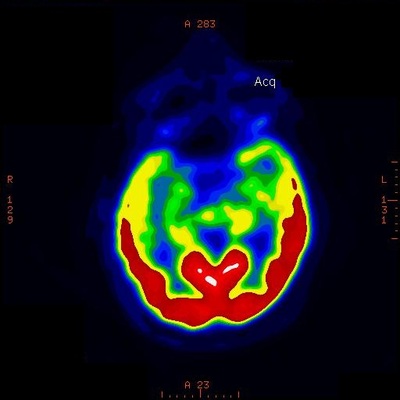
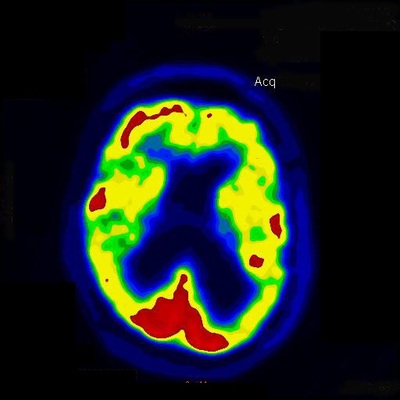
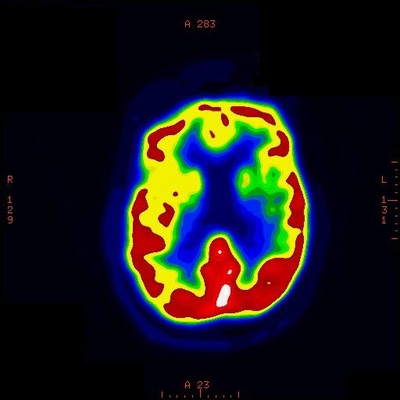
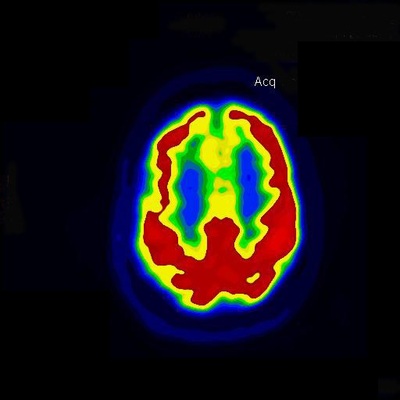
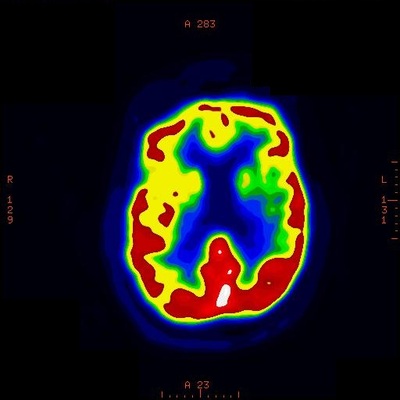
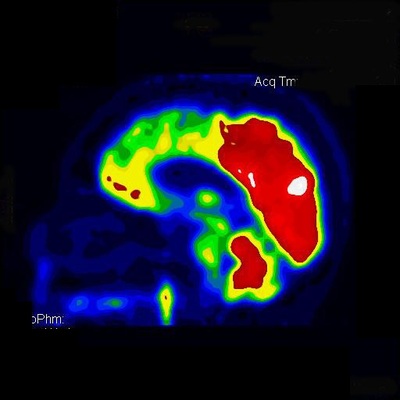
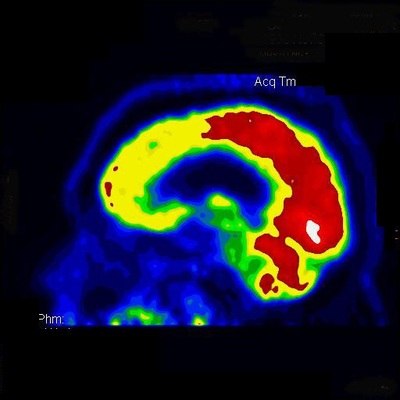
 RSS Feed
RSS Feed
